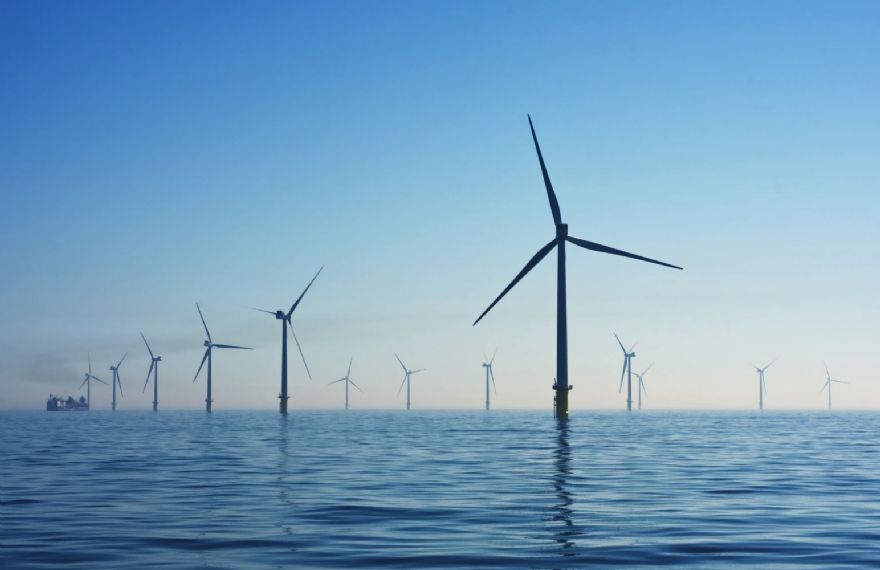
The European Union (EU) has paid a steep price for its dependence on fossil fuels, shelling out an additional 930 billion euros for imports during the energy crisis spanning 2021 to 2024. This figure, revealed in a new report
Shockproof: how electrification can strengthen EU energy security, published by
Ember, a global energy think tank, underscores the vulnerability of Europe’s energy system.
Chris Rosslowe, Ember’s senior energy analyst, said: “Imported fossil fuels are no basis for a secure and affordable energy system – something Europe has learned the hard way. His words reflect a growing consensus that the continent’s energy strategy must evolve.
Despite efforts to reduce reliance on Russian supplies, fossil fuels still make up 58% of the EU’s energy mix—far higher than China’s 24% or India’s 37%. The shift in suppliers has done little to mitigate risk. The USA has emerged as the leading source of oil and LNG, while just four countries now control 81% of the EU’s gas imports. This concentration has opened the door to geopolitical leverage — Qatar, the fifth-largest gas supplier, recently threatened to cut LNG exports unless environmental and labour regulations were relaxed. Meanwhile, the USA has used energy as a bargaining chip in trade negotiations.
The financial impact has been staggering. During the crisis, fossil fuel imports cost the EU 1.8 trillion euros, a jump of 930 billion euros compared to pre-crisis levels. Gas prices alone surged from 15 euros/MWh to a peak of 350 euros/MWh in 2022, straining economies and exposing the fragility of the current system.
However, electrification offers a way out. According to Ember’s findings, the EU could halve its fossil fuel dependency by 2040, with electrification playing a central role. Wind and solar have already made a dent, cutting fossil fuel use in power generation and saving 59 billion euros between 2019 and 2024. Electricity is becoming increasingly homegrown, but the bulk of fossil fuels — around 82% — are still consumed outside the power sector, particularly in transport, heating, and industry.
The path to energy independence lies in electrifying these sectors. While roughly 20% of EU energy demand is currently electrified, existing technologies could enable two-thirds of the remaining demand to follow suit. Yet progress remains uneven. The report notes that only 22% of EU energy is electrified, compared to 28% in China. Norway and Sweden, with electrification rates of 47% and 33% respectively, demonstrate what’s achievable.
Beneath the surface, disparities between countries and sectors reveal both obstacles and opportunities. Household electrification ranges from just 12% in Poland to 48% in Sweden. In the steel industry, Slovakia lags at 18% while France leads with 57%. These figures suggest that while the potential is clear, targeted action is needed to unlock it.